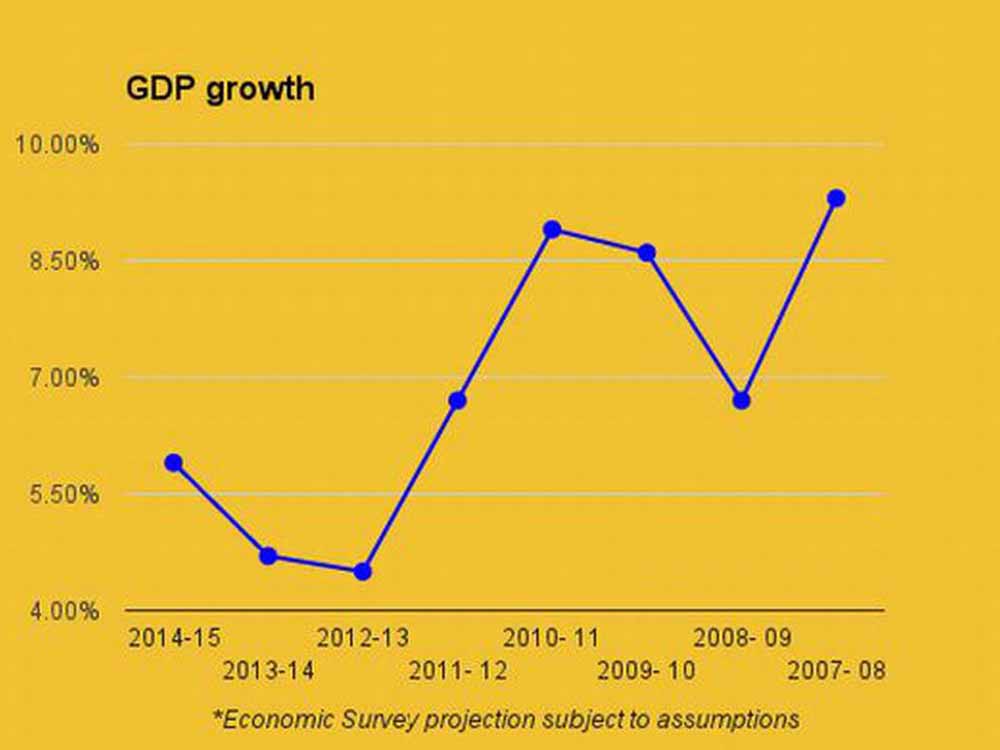Indian Economy 2009-2010 – Resilience Amid Global Challenges: Reflections, Economic Reforms, and the Path to Recovery
The Indian economy in 2009 faced the ripples of the global financial crisis, yet showcased resilience and adaptability. As the year unfolded into 2010, India embarked on a journey marked by reflections on the challenges, significant economic reforms, and the gradual path to recovery. This exploration delves into the key aspects that defined the Indian economic landscape during this crucial period.
Global Financial Crisis Impact – Navigating External Headwinds
The Indian economy was not immune to the impact of the global financial crisis in 2009. Exports contracted, and capital flows experienced volatility, posing challenges to India’s external sector. However, the country’s relatively conservative banking practices and robust regulatory framework helped shield it from the worst effects of the global economic downturn.
Domestic Policy Responses – Stimulus Measures and Structural Reforms
In response to the challenges posed by the global financial crisis, the Indian government implemented a series of policy measures to stimulate economic growth. These included fiscal stimulus packages, monetary easing, and structural reforms aimed at enhancing the business environment. The focus on infrastructure development and inclusive growth laid the foundation for the economic recovery that unfolded in the subsequent years.
Economic Reforms and Structural Changes – Paving the Way for Growth
The period from 2009 to 2010 witnessed significant economic reforms in India. The introduction of the Goods and Services Tax (GST) gained momentum, aiming to streamline taxation and boost economic efficiency. Additionally, efforts were made to liberalize sectors such as retail and aviation, fostering a more dynamic and competitive economic landscape.
Path to Recovery – Revival of Economic Growth and Confidence
As India moved into 2010, signs of economic recovery became evident. The country experienced a revival in economic growth, driven by both domestic consumption and improved global economic conditions. The resilience of key sectors, such as information technology and pharmaceuticals, played a crucial role in restoring confidence in the Indian economy.
In Conclusion: Indian Economy 2009-2010 – A Journey of Resilience and Reform
The years 2009-2010 represented a pivotal juncture for the Indian economy, navigating the challenges posed by the global financial crisis with resilience and foresight. The strategic policy responses, economic reforms, and the revival of growth showcased India’s ability to adapt to changing global dynamics. The period laid the groundwork for a more robust and dynamic Indian economy in the years that followed, reflecting the nation’s commitment to sustainable growth and economic resilience.











